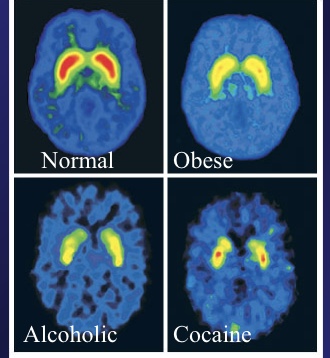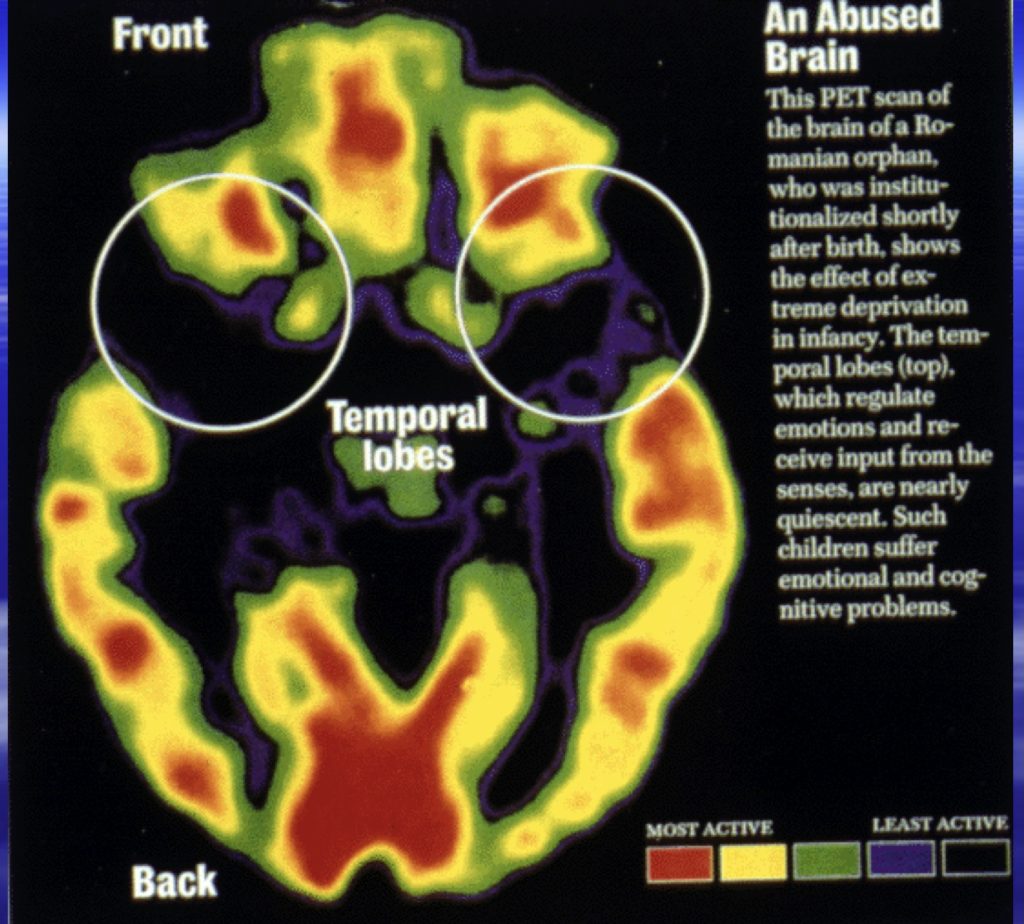Damaged Wiring
Relationship Problems and Damaged Wiring
Although your brain is wired for relationship, three situations can result in relationship problems. Remember that the brain circuitry of relationship involves a balanced interaction among brain regions. Relationship-building patterns require areas that are responsible for emotion, memory, and decision-making. Anything that disrupts this interplay of circuits impairs your ability to draw you to others. The three situations are substance abuse, PTSD from trauma, and interruptions to healthy attachment during childhood. Let’s look at each of these briefly.
Substance Abuse and Relationship Problems
Substance abuse disrupts our circuitry for relationship. It does so in several ways. First, substance abuse replaces many of the neuro-chemicals that come with relationship. Relationship is falsely replaced by a manufactured brain response. In this way, a person may substitute a chemical high for the good brain effects of a real interaction. You may remember that PLAY produces neuropeptides in the brain. So does the use of heroine and other opiates. LUST produces a rush of the brain hormone oxytocin; so does cocaine.
In addition, substance abuse impairs brain functioning in the neocortex and frontal lobes. It is in these regions that memory and decision-making occur. Without adequate activity in these areas you operate mostly out of your negative emotions and may miss important signals in voice tone, facial expression, and gestures, very important aspects of communication.
Here are four images of brain scans in which you can see a comparison of a normal brain scan and brain scans of addicted persons. The red areas show activity in the frontal lobes of the brain. This activity is absent for the addicted persons. Note that both chemical and behavioral addictions are represented. Since information processing and decision making that occur in the frontal lobe are largely absent for addicted persons, the do not have the resources available needed to manage craving adequately.

Effects of Trauma,
If you experience a traumatic event, the amygdala (remember the amygdala?) will become active. Adrenalin will flood your brain and will create a vivid memory of every detail of the event. The adrenalin will also prepare your body by activating the flight/fight response. This can be very helpful. It prepares your body so that you can protect yourself when threatened. It will also provide information to you at times when you might be threatened by similar conditions. In this way you can recognize threat earlier and be ready to act more quickly.
But for some people this produces a flight/fight response when there is no threat at all. And the brain stays on high alert. The front part of the brain is less active and tends only to serve the fear and rage generated by the back part of the brain.
Remember that the patterns of circuitry that draw us to others require, not only the emotional back part of the brain, but also the memory and decision-making front parts of the brain. With trauma the front part of the brain is relatively inactive. That leaves only FEAR and RAGE. These are the patterns that push others away and cause you to attack or withdraw. And in PTSD the front part of the brain doesn’t operate to shut off the adrenalin. So after a false alarm of threat the adrenalin may continue to flow for hours or even days.
Below are two MRI images. The one on the left is of a normal brain. The red shows activity. Notice that there is activity in nearly every region. The image on the right is a brain of a person who has experienced trauma. You can see that the back part of the brain is active, but most other regions are relatively inactive.


An added note here…Although we don’t understand the origins of depression very well, we do know that the frontal lobes are relatively inactive in depression. Often depression is made worse by child abuse. When trauma happens early in life, the effects are more general. Early neglect and abuse may result in PTSD and/or depression and/or forms of anxiety other than PTSD. Relationship problems result from all of these conditions.
Problems in Attachment
Relationship problems resulting from childhood attachment difficulties can best be illustrated by a researchexperiement. There were three different situations in which a mother and her toddler were placed in a room with several toys. In the first situation the mother watched the child and responded whenever the child looked for reassurance. In this situation the child explored often and eventually spent more and more time away from the mother. In a second situation a mother ignored the child. When the child looked for reassurance, the mother acted as though the child was not even there. This caused the child to be anxious. The child spent a great deal of time trying to get the mother’s attention and very little time exploring the room with its toys. In a third situation the mother slipped out of the room when the child wasn’t looking. The child did little exploring. And when the mother returned the child acted as though he didn’t want anything to do with her.
If the first situation is what usually happens in a child’s life, the child grows up to be confident in himself and in relationships. This is called normal attachment. If the second situation is characteristic of the child’s interactions with primary caregivers he is likely to grow up being anxious, needy, and clinging in relationships. This is referred to as anxious attachment. In If the third situation is the norm and the child is often neglected, the likely result is called ambivalent attachment. The person tends to avoid emotional intimacy.
With anxious attachment and ambivalent attachment the skills required to form close relationships may be weak or absent. The systems of CARE, PANIC, PLAY, and LUST are weakened. PANIC becomes anxiety and LUST is reduced to sexual desire for its own sake apart from its ability to express emotional intimacy.
I’ve worked with many people who have all three problems. An example would be a man who is attempting to recover from addiction, has a diagnosis of PTSD or other diagnoses resulting from trauma, and grew up in a dysfunctional family where he was neglected and mistreated.
If you are having relationship problems, one of these impairments may represent your life or the life of your partner. The good news is that recovery can happen. The normal circuits can be restored or developed. So, please keep reading. Or bookmark the Home Page and come back when you can. And contact me if you have questions or comments.